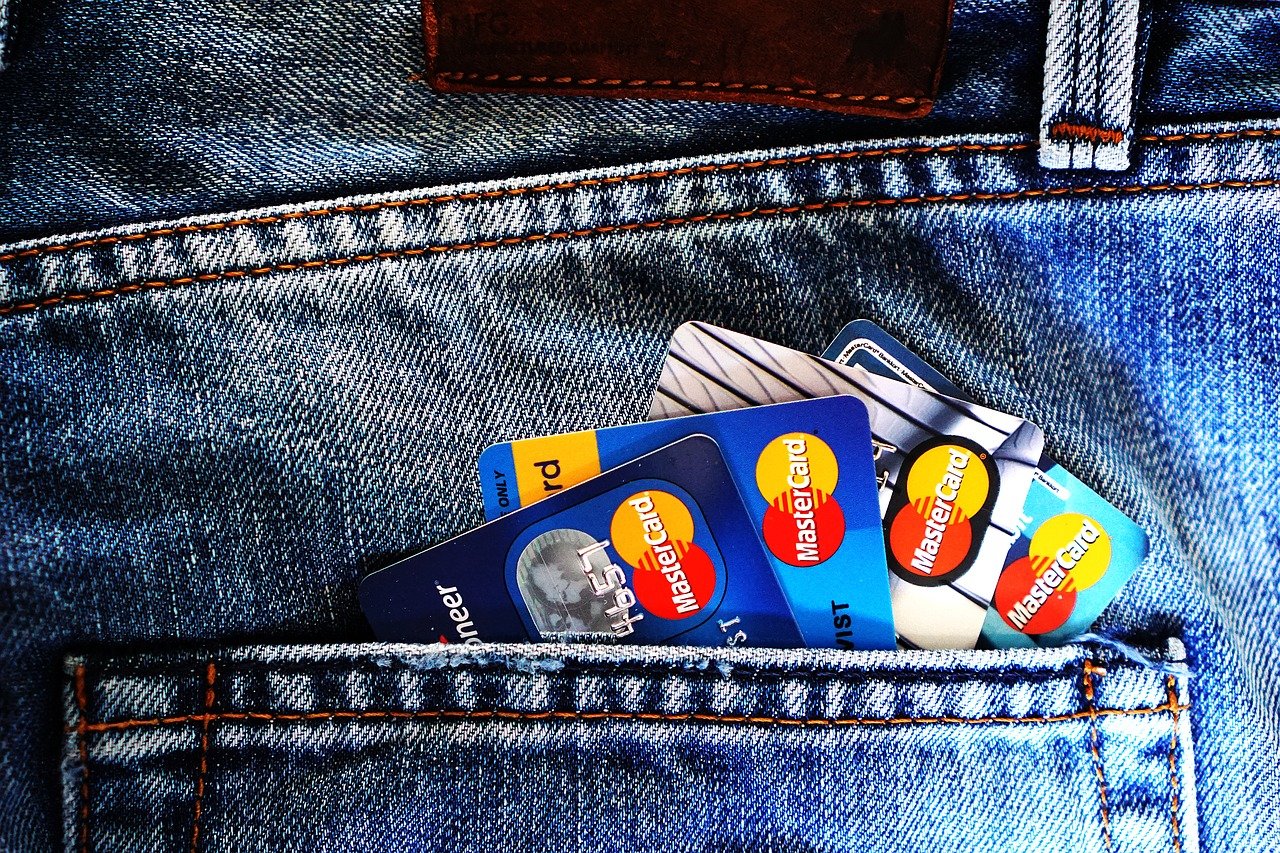Prepaid card transaction value and payment card technology revenue are to encounter super growth in the next five years globally, driven by financial inclusion and metal and biometric cards driving change.
At the same time, ecommerce payment transactions made via OEM (original equipment manufacturer) pay will grow, fuelled by frictionless checkout demand.
Read more: FinTech India: It’s a good plan when a govt. makes business sector a part of public digitisation
Another rising star on the FinTech horizon is consumer credit card rewards, as retailers leverage loyalty benefits.
Already the banking market is offering metal credit cards and metal debit cards to differentiate with strong distinctive products and exclusive services.
Financial Inclusion = Prepaid Cards Usage
Financial inclusion is driving the usage of prepaid cards, with a rise predicted for payment card technology revenue. This includes a rise in consumer credit card rewards driven by adoption of co-branded credit cards by retailers to boost repeat user engagement.
A study from Juniper Research found that prepaid card transaction value will exceed US$4.1 trillion globally in 2026, up from US$2.3 trillion in 2021, a stunning 75% growth. This growth will be driven by the ongoing replacement of cash, as economies move increasingly towards digital payments.
The research recommends that if vendors want to milk this cow, they should focus on building robust distribution platforms that can cope with issuing cards at scale and at low cost, or they will lose out to better equipped vendors
The research identified prepaid cards as being critical to ensuring that the unbanked are included in the rush for digital payments. The research recommends that if vendors want to milk this cow, they should focus on building robust distribution platforms that can cope with issuing cards at scale and at low cost, or they will lose out to better equipped vendors.
Biometric, Metal & Dynamic CVV Cards Disruptive Trends in Next Five Years
Another study found that global payment card tech revenue for technology companies will reach US$11.7 billion in 2026, from US$9.7 billion in 2022. This 20% increase reflects new innovations emerging in the payment cards space while the contactless cards roll-out is reaching its latter stages.
Biometric cards will enable card payments to better compete with mobile payments, including Apple Pay and Google Pay, eventually allowing payment cards to have no transaction limits. The report recognised this development as critical in removing the barriers to growth for contactless payments
The research predicted the introduction of biometric cards, metal cards and dynamic CVV (Card Verification Value) cards as being majorly disruptive trends over the next five years. Also, these new card types will help evolve the payment experience for the digital age, increasing security and useability, making card usage more appealing in the face of increasing mobile-first payment innovations.
Also, the use of biometric cards, with fancier features such as embedded fingerprint sensors, will grow with shipments expected to increase by almost 850% over the next five years to 173 million in 2026 globally.
Biometric cards will enable card payments to better compete with mobile payments, including Apple Pay and Google Pay, eventually allowing payment cards to have no transaction limits. The report recognised this development as critical in removing the barriers to growth for contactless payments.
Frictionless Checkout Demand = eCommerce Payment Transactions via OEM Pay
Also, as customers demand frictionless checkout experiences across multiple eCommerce channels, the volume of global eCommerce transactions made via OEM Pay are to exceed 30.7 billion by 2026, rising from 4.7 billion in 2022.
OEM Pays will benefit, as alternative payment methods like BNPL (Buy Now Pay Later) become progressively mainstream. eCommerce users are increasingly demanding low-friction checkout processes, which OEM Pays, including Apple Pay and Google Pay, are well placed to offer.
The research recommended that merchants work closely with payment platforms to increase acceptance of digital wallets, or risk losing market share to better connected competitors
The research recommended that merchants work closely with payment platforms to increase acceptance of digital wallets, or risk losing market share to better connected competitors.
As consumers become more aware of enhanced security measures offered by OEM Pay services, such as biometrics and tokenisation, its mainstream adoption is imminent.
With the pandemic period digitizing huge chunks of the population, trust of mobile payments led to a growth of 63% for OEM Pay transaction volume globally in the year 2022.
The research recommended that eCommerce merchants capitalise on this now by ensuring that security processes are consistently robust across all payment methods.
Consumer credit card rewards to exceed $108 billion by 2026, as retailers leverage loyalty benefits
The value of global consumer credit card rewards are also predicted to exceed US$108 billion by 2026, rising from US$92 billion in 2022. This 15% growth will be driven by adoption of co-branded credit cards by retailers to boost repeat user engagement.
Consumers prefer their loyalty record in one place, instead of multiple apps or physical cards. The research recommends that merchants work closely with loyalty platforms to access this omnichannel approach, or risk losing market share to better-connected competitors
Consumers prefer their loyalty record in one place, instead of multiple apps or physical cards. The research recommends that merchants work closely with loyalty platforms to access this omnichannel approach, or risk losing market share to better-connected competitors.
The report found that the total value of personal credit card rewards will be triple that of corporate credit cards in 2026. While corporate cards are often used for travel, it reduced during the pandemic
Read more: FinTech transformation & reshaping of the socioeconomic system
Also, personal credit card reward programs being high value due to the extremely competitive nature of the market, has forced reward values upwards. The research recommends that payment providers enter into strategic partnerships with specifically desirable retailers or brands to exploit the full potential of credit card reward schemes, or they will fall behind more appealing alternatives.











